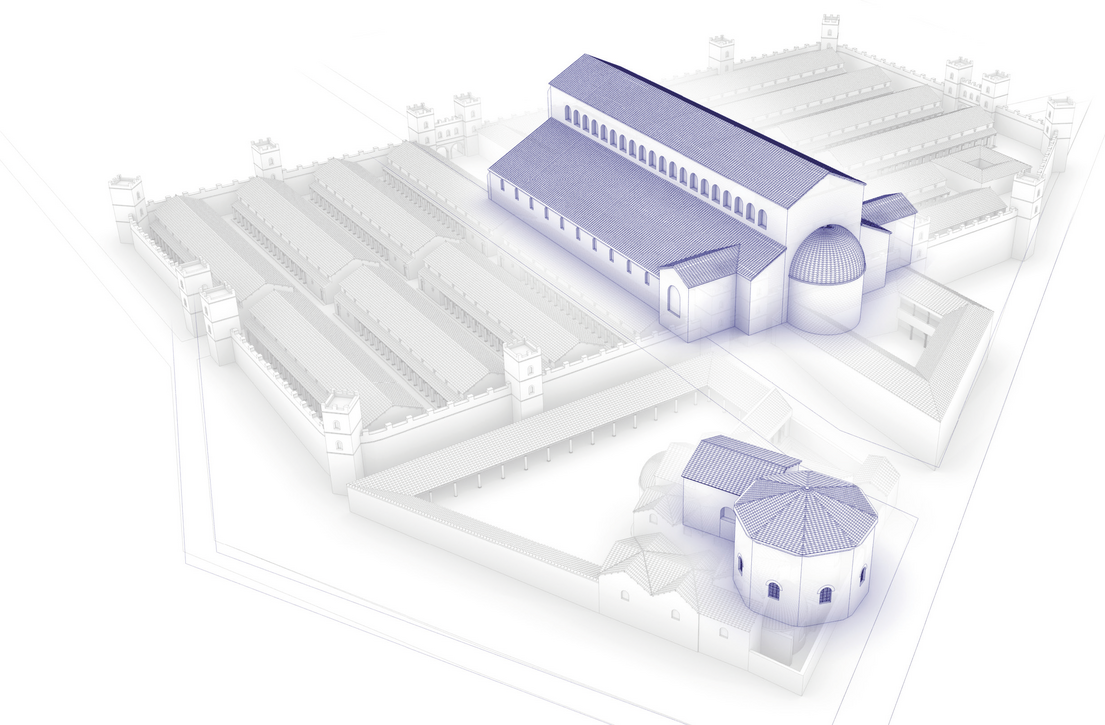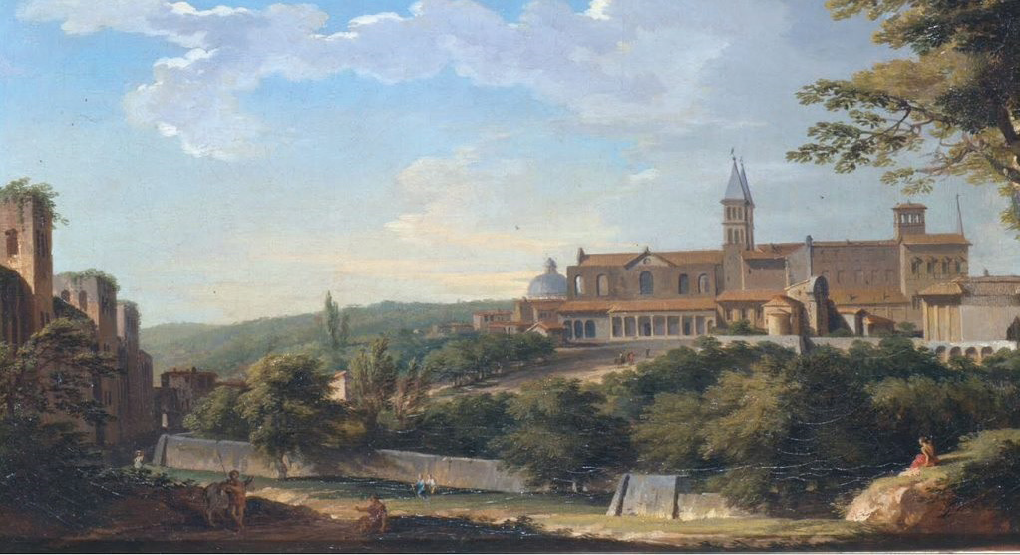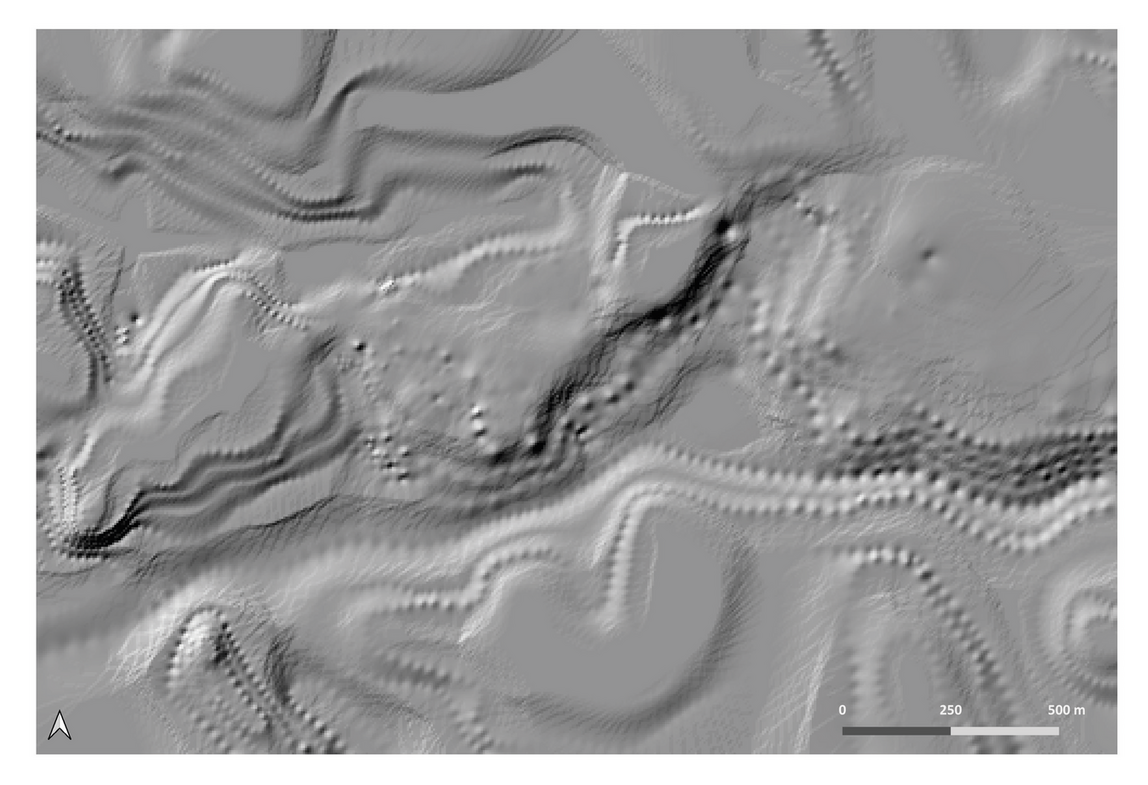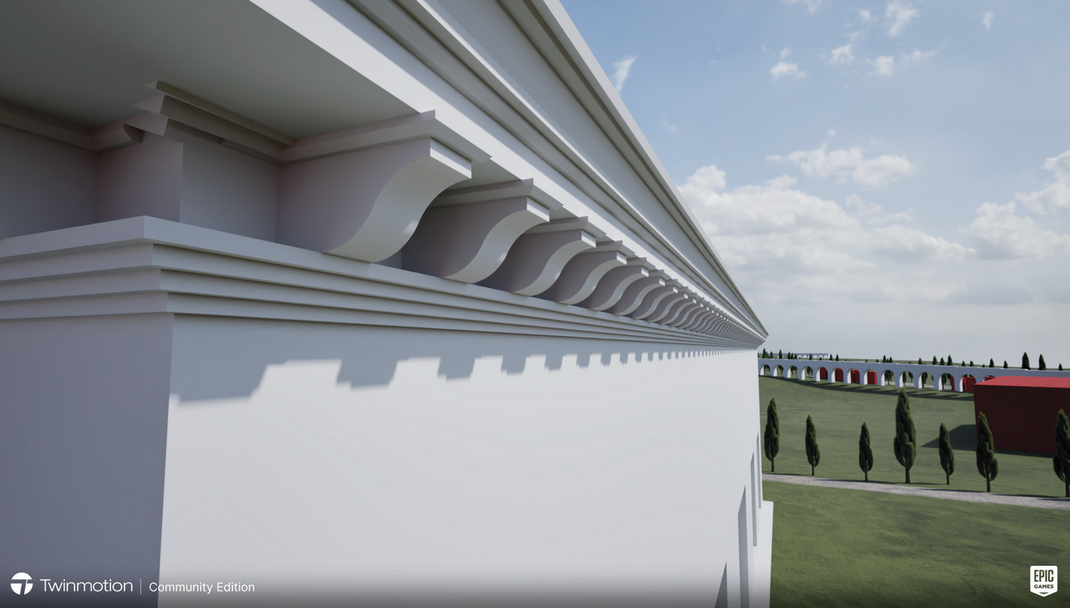Azzari M., Liverani P. 2024, Landscape visualisation and modelling, in R. Brancato, J. Bogdani, V. Vitale (eds.), Linking Pasts and Sharing Knowledge. Mapping Archaeological Heritage, Legacy Data Integration and Web Technologies for Modelling Historical Landscapes (Naples, 13th-14th November 2023), «Archeologia e Calcolatori», 35.2, 277-284 (https://doi.org/10.19282/ac.35.2.2024.30)
Copy to clipboard Download: BibTeXLandscape visualisation and modelling
Margherita Azzari, Paolo Liverani
«Archeologia e Calcolatori» 2024, 35.2, 277-284; doi: 10.19282/ac.35.2.2024.30
Abstract
The contribution draws on the experience gained within the Rome Transformed project on the Eastern Caelian hill, reserving a with more general attention to problems of method. The spatial dimensions of the project pose problems including – but at the same time going beyond – those normally addressed for the visualization of individual surveyed structures. Two points seem crucial: 1) the transparency of metadata and paradata; 2) the tension between too much or too little prescriptive models or ontologies. Visualizing a territory poses peculiar problems; we have several examples in the past, but normally the reconstruction of ancient orography on which to place surveyed structures is not explicitly thematized. The territory imposes a leap in scale in the size and management of the data; forms the palimpsest on which to arrange the views of the individual sectors or structures into which it is divided; defines the ‘conditions of existence’ of topographical and monumental articulation; must consider the effects that older phases impose on later ones. Visualization of a territory is not only a way to present to the scientific community and the wider public in a concise manner the results achieved. Such an approach poses the need to work in an environment in which it is possible to progressively incorporate evidence of a very heterogeneous nature such as archival data, geognostic surveys of different types, surveys using traditional techniques or 3D scanning, and core drilling. The organisation of such heterogeneous data within a single software becomes essential for their subsequent processing. It was therefore necessary to design an application able to manage in a single three-dimensional environment the data produced while maintaining the associated information (metadata and paradigms) in order to allow them to be compared and at the same time guaranteeing full interoperability with the GIS environments in which the modelling activity is carried out.
Figures
Preview
Subjects:
Virtual Reality and 3D Modelling Cultural Resource Management
Download (PDF)Publishers:
CNR - Istituto di Scienze del Patrimonio Culturale
Edizioni All'Insegna del Giglio
This website uses only technical cookies strictly necessary for its proper functioning. It doesn't perform any profiling and doesn't use third party cookies of any kind.
Read our privacy policy for additional information.
By clicking 'OK' or closing this banner you acknowledge having read this information and accept the website's contents.





